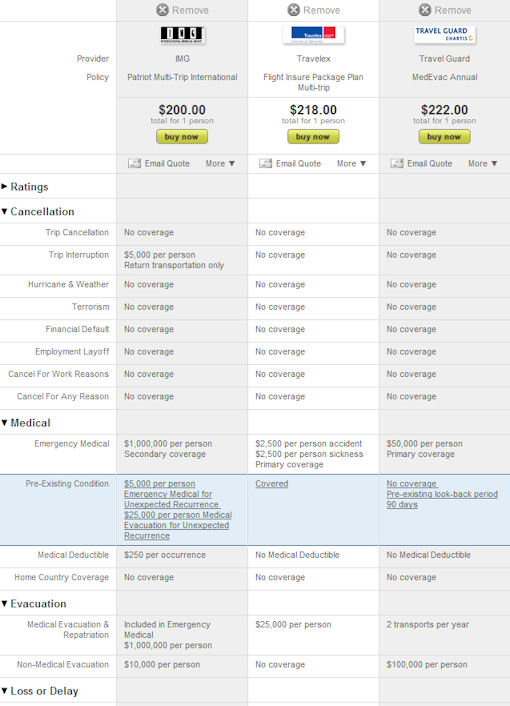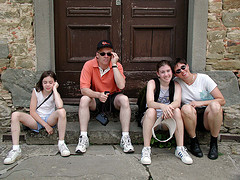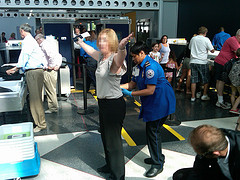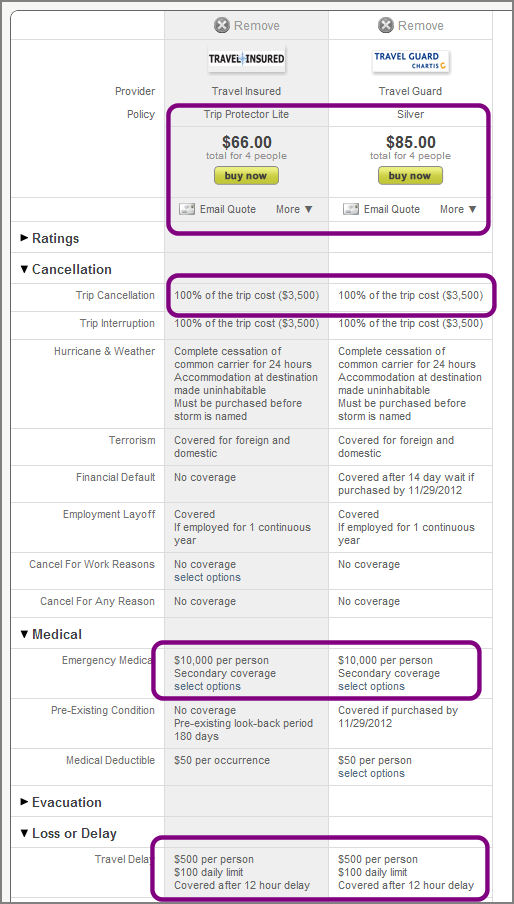 The minute you have a child, you begin the job of protecting them from accidents and things that can harm them. Once they’re mobile, their world of exploration – and the area you have to baby-proof – grows as fast as they can crawl, walk, or run.
The minute you have a child, you begin the job of protecting them from accidents and things that can harm them. Once they’re mobile, their world of exploration – and the area you have to baby-proof – grows as fast as they can crawl, walk, or run.
You know you can’t watch them every second and most parents don’t like the helicopter action of hovering over their child every minute. It’s also in a child’s nature to explore because that’s how they learn. You’ve done the necessary work to baby-proof at home, but once you leave the safety of your nest and travel, those safeguards are left behind and you need to repeat the effort at each stop along the way.
Let’s assume you’ve called ahead and asked about the hotel’s available baby equipment, including a crib or pack-and-play. If you ask, many hotels have a baby-proofing service, but just in case they don’t (or they don’t do it well), we’ll go over the risks.
What are the risks to your baby in a hotel room?
Depending on the amenities of your room, the most likely culprits are:
- Trash cans – they’re full of germs and plastic bags
- Sharp corners on furniture at head level
- Electrical outlets and cords
- Curtain or shade pulls that can strangle
- Extra-hot water from the bathroom tap
- Heavy objects that can be pulled down
- Exposed fireplaces and heated radiators
- Balcony railings (many countries don’t have the safety codes we do in America – balcony railings should be no wider than 4â€)
- All kinds of objects – coffee cups, ice tongs, bath products – within reaching level
- The remote control – again with the germs
Supplies you need to baby-proof any room on vacation
Many parenting sites have a long list of things you should take along, including baby gates (to corral the kid), safety netting (for balconies), toilet latches, and more. And yet, much of what you need when baby-proofing any room is tape.
Choose your preferred tape – masking, painter’s, or duct – but a roll of tape will go a long way to ensuring you can control many of the risks to your baby’s exploring in a hotel room – many expert travelers prefer duct tape.
See 7 Ways Duct Tape makes a Self-reliant Traveler for details.
13 Steps to Baby-Proof your Room on Vacation
It helps to have a partner when you’re doing this because one of you can keep an eye on the kid while the other runs around and does the work, but if you don’t have someone along, put the kid temporarily in the hotel’s pack-and-play or crib. Remove any loose bedding and/or fluffy pillow material many cribs have and make sure the mattress fits snugly.
Once baby is secure, use these steps to baby-proof your condo, inn, or hotel room:
- Put all the trash cans up and out of reach – the shelf in the closet and the far corner of the bathroom vanity are good places to store these.
- Lock all the glass doors and windows and move the furniture near them away so acrobatic climbers can’t use the chair to push open the window and fall.
- Check the stability of the television – if you can jiggle or tip it, try to put it on the floor instead or at least push it far back out of junior’s reach.
- Gather up anything within reach of baby – the coffee maker, telephone, alarm clocks, pens, etc. and move them out of reach (if there’s no room, call housekeeping to come and remove them).
- Use your choice of tape to cover electrical sockets and tape wash rags to any sharp corners that are at head level.
- Tape down the access to the air conditioner too.
- If there are beautiful (read expensive) books on the tables, move those to a safe place to protect them from being chewed or ripped unless you want to pay for them.
- Tape the mini-bar and other cabinets and drawers closed, not only to prevent them from being raided but also to prevent them from unexpectedly swinging open when baby uses the handles to power their investigation.
- Collect all electrical cords within reach of baby and tape them firmly to the furniture.
- If the curtains or shades have pull cords, gather those and tape them high out of reach.
- If you’re not keeping the bathroom door firmly closed at all times, follow these steps in there:
- tape the toilet lid down
- ensure that baby can’t turn on the tap to the hot water
- move all bath products out of reach
- move all cords and other objects out of reach
- tape over the lock on the door so they can’t lock themselves inside
- If your room has stairs and you didn’t bring a baby gate, you can stack suitcases to block their access to the stairs.
- Last step – get down on all fours and crawl around to see what they can see – buttons, pennies or other junk on the floor, for example – including under the furniture. If you do this with your baby, you have the perfect guide!
Of course, as a parent you know that these are just the best guidelines we can find and you’ll have to use your well-honed common sense and knowledge about your little person to be sure you’ve covered everything.
You’ll also need to keep an eye on your little one because no matter how good we are at protecting them, they often find ways to put themselves into danger that we never thought of!

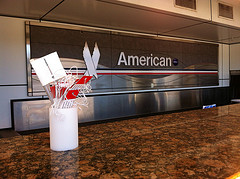
 Many of us are looking at our list of resolutions for the new year, and if travel is on your to-do list for the coming year, it just might be time to look into your travel insurance coverage ahead of time.
Many of us are looking at our list of resolutions for the new year, and if travel is on your to-do list for the coming year, it just might be time to look into your travel insurance coverage ahead of time.